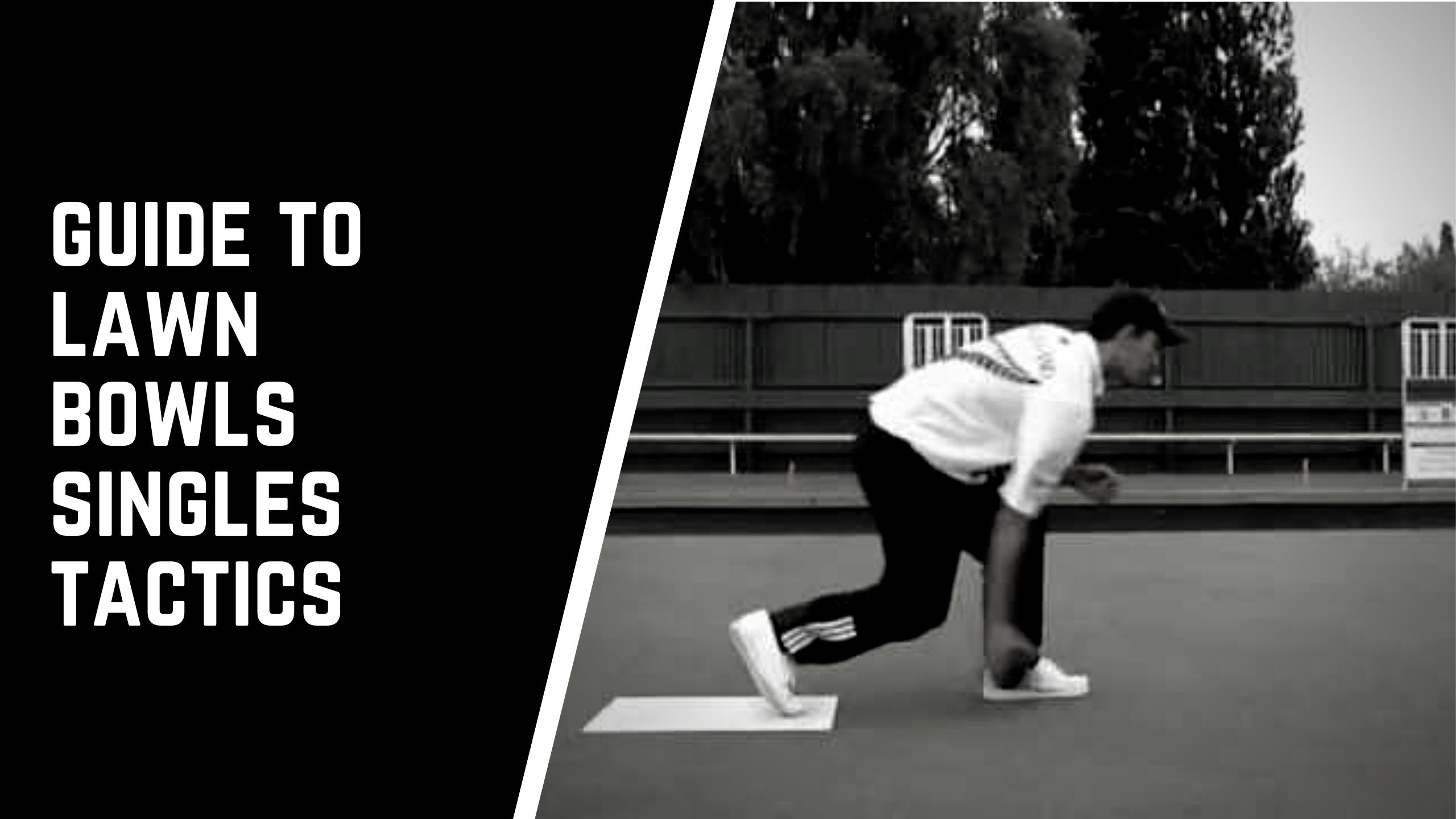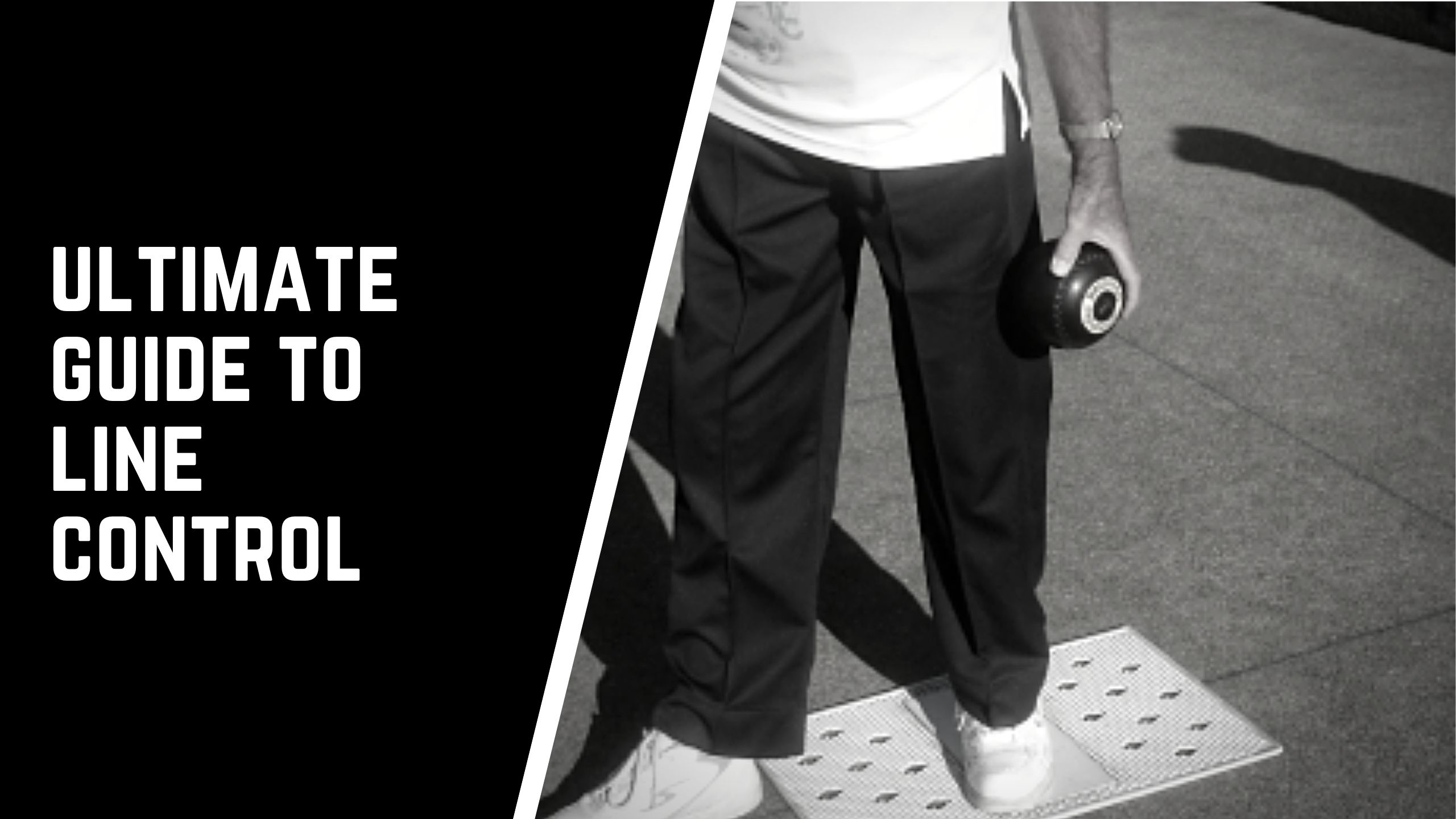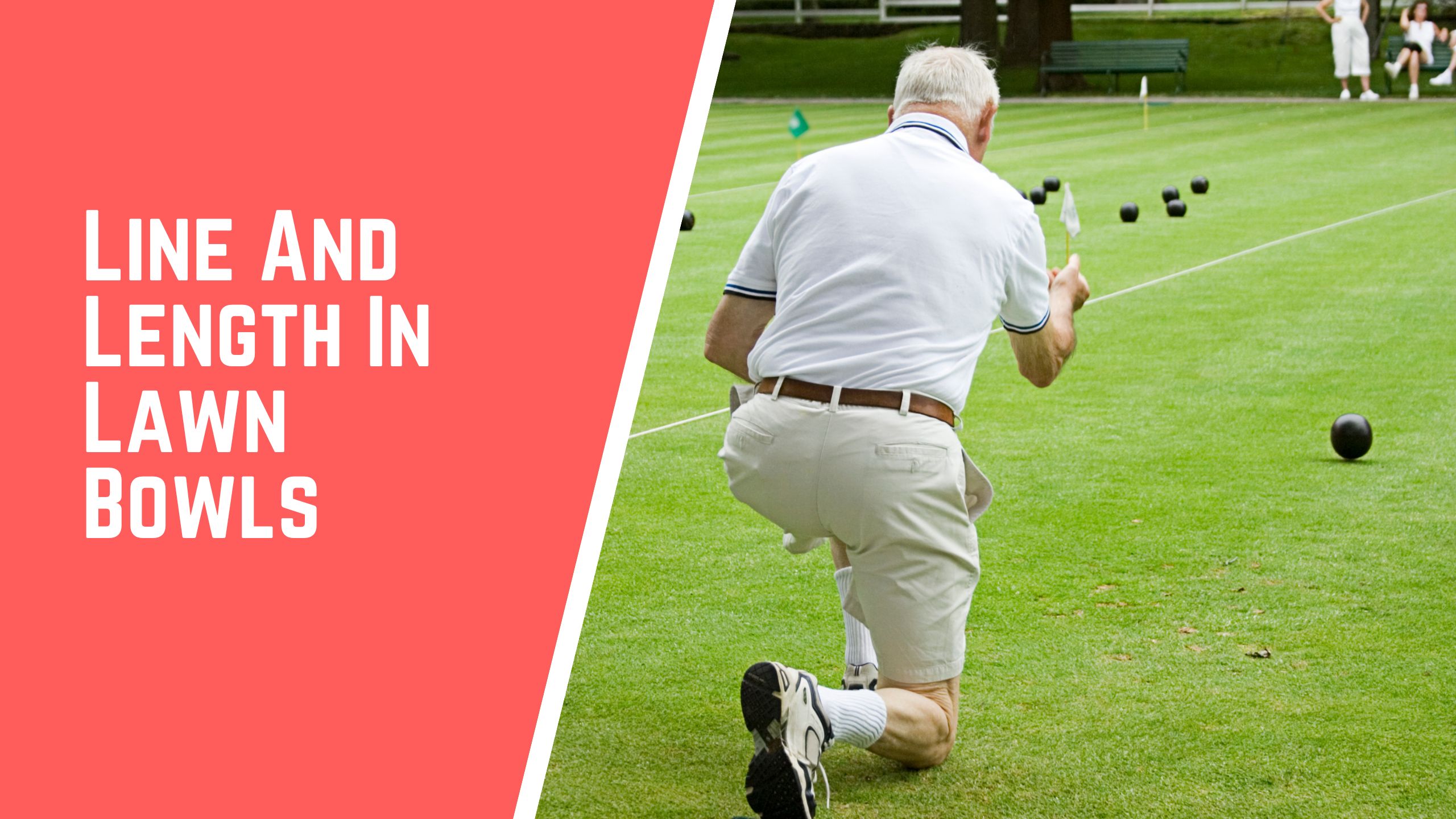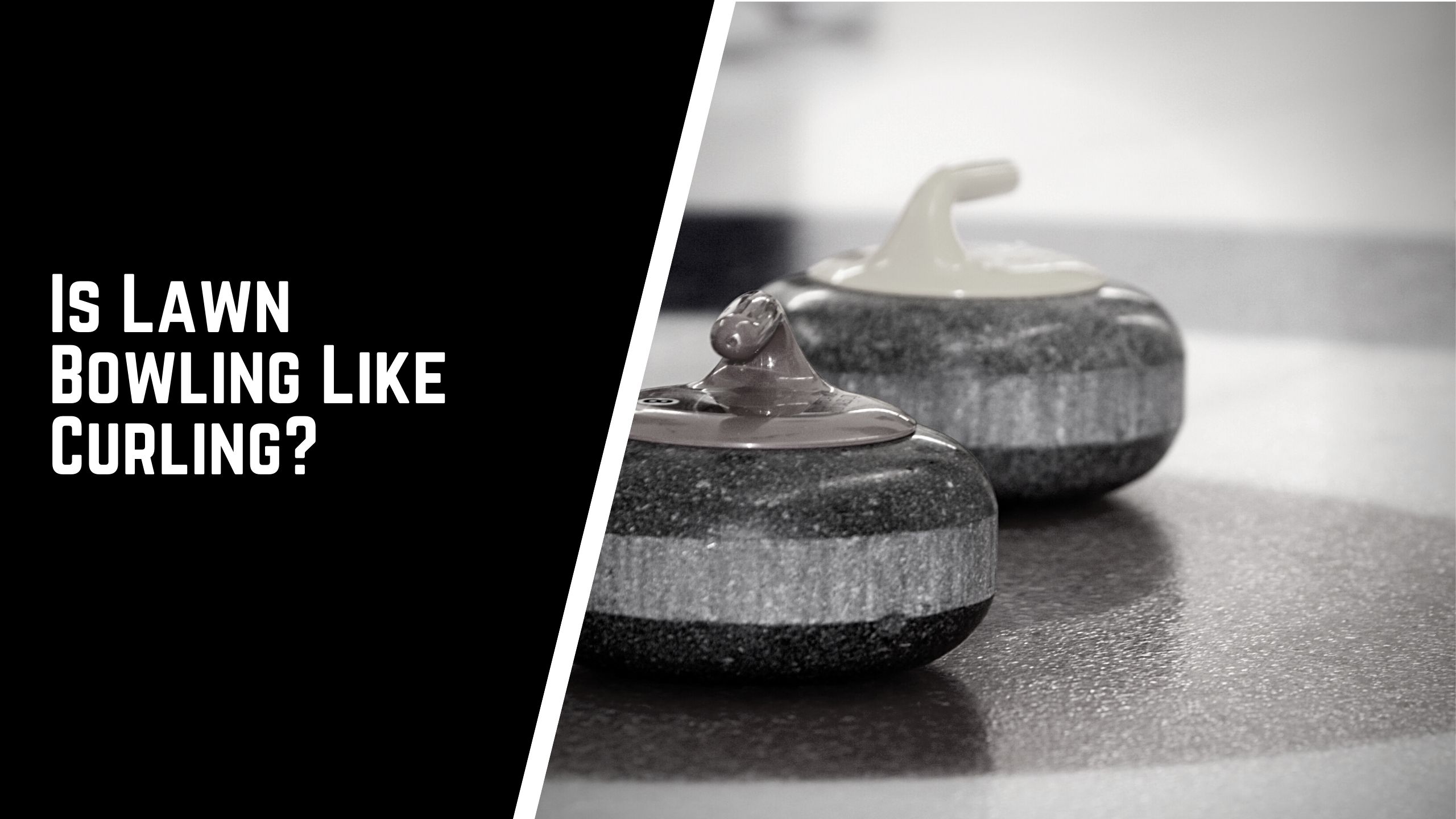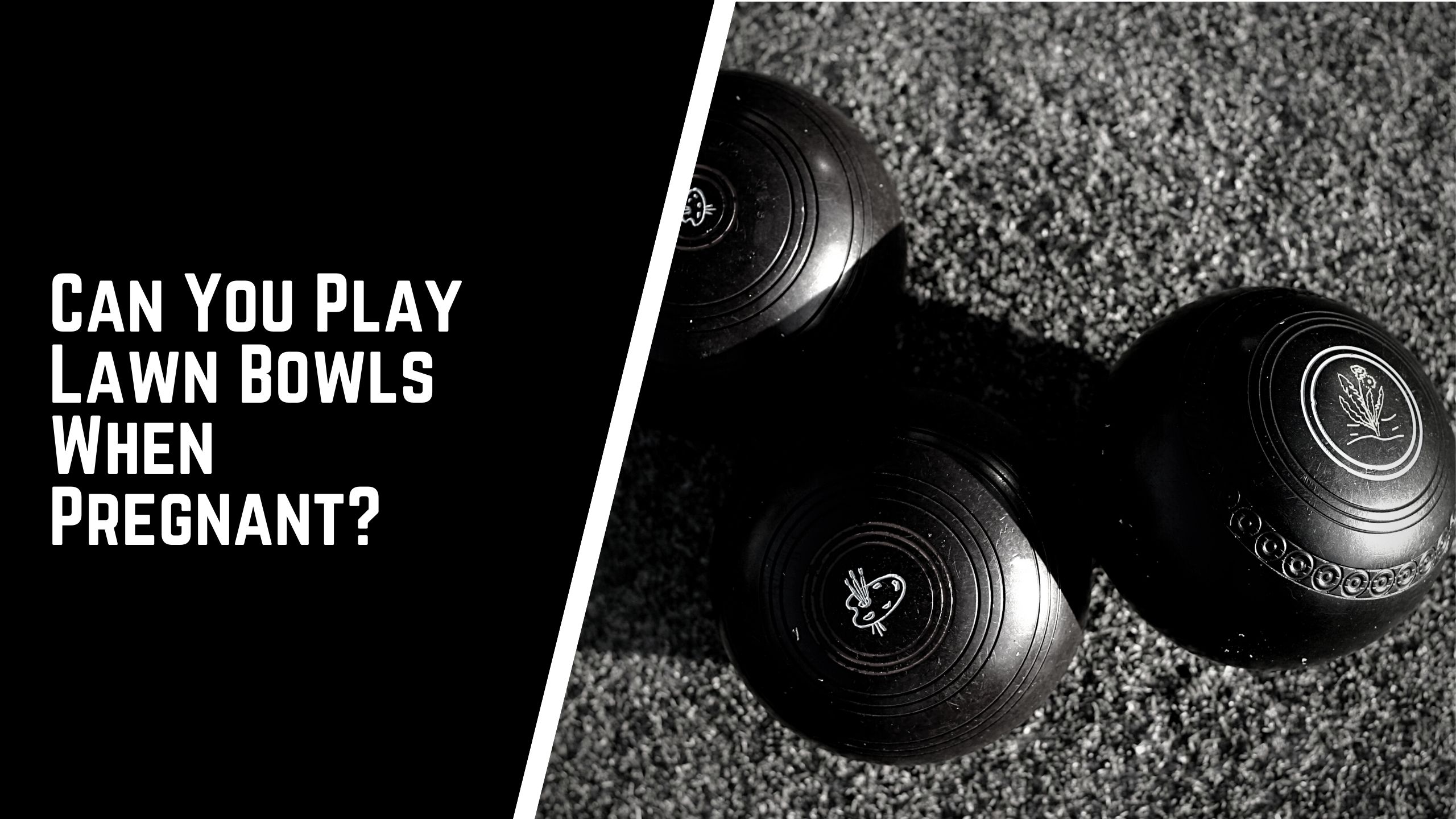A bowling arm is a clever device useful for disabled and elderly bowlers as it allows them to deliver the bowl from a standing position. It operates as an extension of the bowler’s arm and has a bowl grip at one end and a handle at the other. The bowler squeezes the handle to release the bowl.
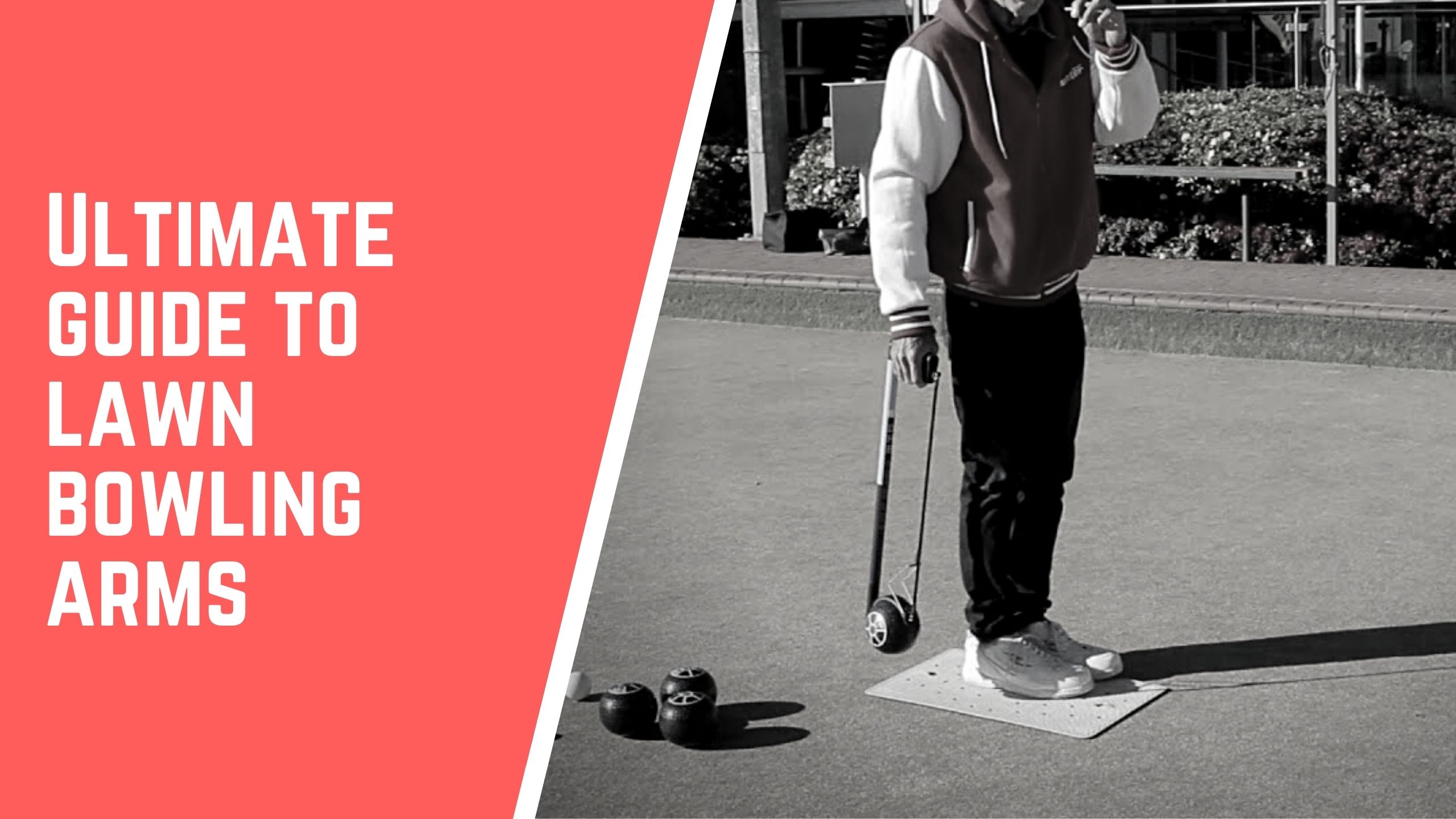
Lawn bowls is a sport for old and young alike, but disabled and elderly bowlers sometimes need a bit of help. They battle to bend down to correctly deliver the bowl, and as anyone who has tried lawn bowls will tell you, delivery is everything. Once the bowl leaves your hand, the rest is down to the weather, the green, and the wind – and perhaps a bit of aid from Lady Luck.
A bowling arm is a clever device useful for disabled and elderly bowlers as it allows them to deliver the bowl from a standing position. It operates as an extension of the bowler’s arm and has a bowl grip at one end and a handle at the other. The bowler squeezes the handle to release the bowl.
Bowling arms typically have to be approved by the bowls authority before they can be used to play in competitions. Reputable bowls manufacturers usually make them and have them approved before selling them, so this is not usually a problem. They come in different lengths to suit bowlers in wheelchairs and those of different heights with difficulty bending.
The Uses of Bowling Arms
Bowling arms have several uses. A bowler needs to be able to bend down not only to deliver the bowl but also to pick up and place the mat. The clamp of the bowling arm should accommodate both the bowl and the much smaller jack because bowlers have to be able to pick up the jack and deliver it down the green.
Ongoing ailments such as arthritis, old sports injuries, spinal rigidity, and sore knees, hips, and ankles make bowling arms a valuable tool for people who don’t want to be relegated to the role of spectator just yet. It enables them to remain healthy and active despite advancing years or disability.
While many people with these afflictions simply deliver the bowl from a standing or sem-standing position, this increases the distance the bowl must fall before hitting the green. It can not only affect the smoothness and accuracy of delivery but also damage the green.
The use of a bowling arm depends on the needs of the bowler using it. For instance, some bowlers may have difficulty bending to pick up a bowl because they have balance problems and tend to fall to one side after delivery. Others may suffer from muscle weakness due to a stroke leading to the inability to lift the bowl.
The decision to use a bowling arm is a personal one, but some bowling clubs can offer advice or even arms that bowlers can try. Drakes Pride makes the most versatile arm, but the DHB Hacksaw is designed to suit a bowler’s height and the size of the bowls they are using. It also has a notch on the end of the arm to help pick up the mat.
Bowling arms can also prevent injuries to bowlers who already have health problems. They are not the same as bowl and jack lifters which are simply intended to assist a bowler in picking them up for the purpose of standard delivery from the hand.
For the aesthetic touch, bowling arms come in a range of colors and finishes.
Choosing The Correct Length Of A Bowling Arm
You would think that taller bowlers need longer bowling arms, but according to the experts, this is not the best way to choose which length of bowling arm to use. Short people’s arm length can vary, as can that of tall people. Some tall people can have very long arms, but others don’t.
This means that a medium arm may suit both shorter and taller players. The experts recommend that whatever size bowling arm you use, at the moment when the bowl is released, the distance between the bowl and the surface of the green should be between two and three centimeters. This will ensure smooth delivery of the jack or bowl.
It may take a little while to get used to using a bowling arm, and bowlers looking for one should ideally try out different lengths before settling on one. Drakes Pride and Bionic Bowler arms come in three different sizes – short, medium, and long. There is also an extra short size for people in wheelchairs. The DHB Hacksaw arm is custom-made for individual length and bowl size.
The choice of which length to use also depends on which of the basic delivery methods the bowler favors. Those with a wholly fixed upright stance will need a longer arm than those who take a short step leading up to the delivery. The latter is called a partially fixed stance, and a medium-length arm will likely work better with this method.
If the bowler takes a full step before delivery, then a shorter-length arm may be more suitable. If the player is in a wheelchair, then the distance from the seat of the chair to the ground determines which length is best.
Using A Bowling Arm
A bowl can also be correctly aligned in a cradle, and then the arm is clamped over it to lift it out of the cradle while maintained the aligned position. You hold the arm at a slightly forward angle when picking up the bowl so that the jaws fit appropriately in the correct alignment.
Bowling arms use different clamps to hold the bowl, depending on their design. They also have slightly different release mechanisms on the handle. For instance, the Green Bionic Bowler uses a thumb release while the Drakes Pride arm has a release that is gripped with the fingers.
1. Prepare
The first thing a new player learns when being taught to play bowls is that the bowl must be correctly aligned in the hand for efficient delivery. The same rule applies when using a bowling arm. The bowl must be held vertical to the playing surface and pointed along the chosen trajectory.
The bowler should also ensure the correct bias of the bowl in the arm, depending on whether they are bowling backhand or forehand. One way of doing this with a bowling arm is to pick the bowl up with the bowling arm and then use the free hand to correctly align the bias. Another way is to roll the bowl on the rink using the arm, bringing it between the feet to stabilize it, and positioning the bowl precisely in line with the arm.
Before delivery, the bowler should assess the distance between the mat and the target point by moving the gaze between them several times. This helps to ensure the correct weight needed to get there. The entire body should be facing the chosen line, and during delivery, the eyes should not deviate from the aiming point. Bowlers must take care to ensure that before delivery, their feet are in parallel.
2. Setup on the mat
With fixed stance delivery using a bowling arm, the feet are initially placed in parallel, and the delivery foot is positioned fully on the mat. The non-delivery foot can then be moved slightly ahead and on the green. The bowling arm is first moved slightly forward in the direction of delivery to ensure that the body does not rotate away from the bowling line.
A second swing of the arm picks up the momentum necessary for the delivery. This swing depends on whether it is a short or long end and whether the green is running fast or slow. If the green is running fast or it is a short end, the second swing may be unnecessary.
3. Backswing
The swing of the bowling arm should be in an arc that is well above the playing surface to prevent the arm from damaging the green. If the arm with the bowl in it is lifted up in front of the body along the trajectory you intend to follow, the bowl’s weight allows for a natural backswing before delivery.
The height on the backswing depends on how far you want the bowl to travel. The swing should be primarily from the shoulder and not the wrist. As the bowl nears the heel of the foot, the arm release should be activated. The arm should be held in a relaxed grip without clenched fingers.
4. Release
The bowl is released on the third swing along the line chosen by the bowler without any movement of the feet. Follow through with the bowling arm must be along the trajectory of the bowl. Head and shoulders should not bend forwards because otherwise, the bowling arm could catch on the green or the mat.
With the short-stepping stance, the bowl is released on the second swing with a small step to provide the momentum for the required distance. When using a full stepping stance, the second swing is in conjunction with a standard full-length walking step to provide the necessary impetus. No matter which stance is used, the bowler should stand in a relaxed position with the free hand on the forward thigh to prevent rotation of the shoulders and hips while delivering.
The DHB Hacksaw arm has a lightweight fingertip release that works particularly well for arthritic hands. Its shape resembles that of a hacksaw and comes in different colors.
The new green Bionic Bowling arm has a squeeze trigger mechanism that works by closing the hand around the handle. It is made in Australia and approved by Bowls Australia. It requires no muscular or hand tension or finger or arm stress to hold and release the jack or the bowl.
Practicing
It may take some practice with the arm to get the timing of the release of the bowl just right, but the movement soon becomes natural. Practicing with a bowl, not a jack, is recommended, and the first objective is to ensure the smooth release of the bowl without worrying about the distance or accuracy of the line.
The arm should never be swung while rotating the hips or around the body because this will throw the bowl off line. When delivering the bowl, the bowler should always look up at the aiming point to ensure consistency of the line and distance the bowl travels. If the bowl hits the ground while still in the arm, it could be too long, or the bowler is bending forward during delivery.
It will also take a fair amount of time to get the weight right with a bowling arm because the bowl is not delivered straight from the hand, which can sense the bowl or the jack. Just like someone learning to use an artificial limb, the bowler must relearn what the correct weight feels like in the bowling arm. In the beginning, taking four or five swings before delivery while looking at the jack can improve arm-eye coordination.
Lefthanded players stand on the right side of the mat while using a bowling arm, while right-handed players should stand on the mat during delivery.
A bowler may need permission from the bowling regulatory body to use a bowling arm, especially for competitions. A medical certificate used to be required together with the completion of an application form. However, some bowling associations no longer require this. Some clubs have special bowling arm days where players can learn from each other and discuss the arm’s merits and techniques.
Do Bowling Arms Affect Accuracy?
There is a bit of debate around the use of bowling arms because some bowlers see them as performance-enhancing. They give the user an advantage over able-bodied bowlers who don’t use one because they help the bowler to locate and deliver the correct line more consistently. Some say that the bowling arm offers an almost certain line delivery, particularly when the bowler uses bowls with the narrowest bias.
One bowler who observed the use of bowling arms over a five-year period noted that the bowling arm yields a ninety-eight percent success rate on line accuracy. This is an advantage compared to a success rate of between sixty-five and seventy percent for able-bodied bowlers.
There have been calls from some bowlers to regulate mechanical arms so that arm bowlers, as they are called, don’t have these advantages over their able-bodied counterparts. Other people say that bowling arms are a reality and that other bowlers’ claims that they give an unfair advantage are unfounded.
Lawn Bowls Bowling Arm Rules
The use of bowling arms is becoming increasingly popular, and they are regarded by many bowling authorities as a necessary aid to enable bowlers to continue playing. It is not only disabled bowlers who are permitted to use bowling arms. However, able-bodied bowlers are not generally allowed to use them.
Bowls Australia has approved three types of bowler’s arms – Drakes Pride, the Bionic Bowler, and the DHB. They have different constructions and characteristics that must be considered before purchase to ensure successful use. Bowls Australia has an Artificial Devices Policy, which states that only approved arms bearing the BA logo can be used in Australia.
If a player uses a bowling arm that is not approved, the player becomes a defaulting player and disqualified. A player can test various bowling arms during trial ends, but once the game starts, they are obliged to stick with the same bowling arm throughout. However, the player can choose to roll the jack by hand or with the arm.
If the bowling arm is somehow rendered unplayable in the course of a game, the player is allowed to change it with the approval of the umpire or controlling body. Bowlers are not permitted to switch between brands or styles of playing arms at any time during the game. Other governing bodies around the world have similar rules.
Bowls South Africa has also approved the use of artificial devices for jack and bowl delivery. World Bowls is the recognized international federation for the sport of lawn bowls with fifty-three national authority members in fifty countries worldwide. It acts as the final arbiter on all matters relating to the rules of bowls. It does not seem to have pronounced specifically on the use of bowling arms.
Bowls Canada recognizes that the primary purpose of a bowling delivery aid is to enable a person with a physical disability to play lawn bowls. In Canadian national bowling championships and provincial contests leading up to them, a player must obtain approval for their particular bowling delivery aid.
However, bowling arms made by a recognized manufacturer with no customization will usually be permitted. Except for the Canadian Singles Triples Championship, which is for bowlers over sixty, a bowler must produce a medical certificate attesting to their physical disability.
In New Zealand, bowling arms are typically licensed or approved by the controlling body and require the user to have a medical certificate to verify they need to use it. The rules may vary between countries, so it is best to check with your bowls club if you want to use a bowling arm.
Bowls England has approved Drakes Pride bowling arms. To play county-level matches with a bowling arm, a bowler may need to produce a medical certificate.
Conclusions
Bowling arms are a boon to people with physical disabilities and difficulties who still want to participate in the sport of lawn bowls. Physical activity is just as good for older persons’ physical and mental health as it is for the younger generation. Since they allow senior citizens and those with physical disabilities to play the sport, they should be welcomed with open arms.
Get The Complete Lawn Bowls Drill Pack
The Jack High Bowls Drill Pack is available now for instant download.
Perfect for beginners and improving players looking to be more consistent and win more games!
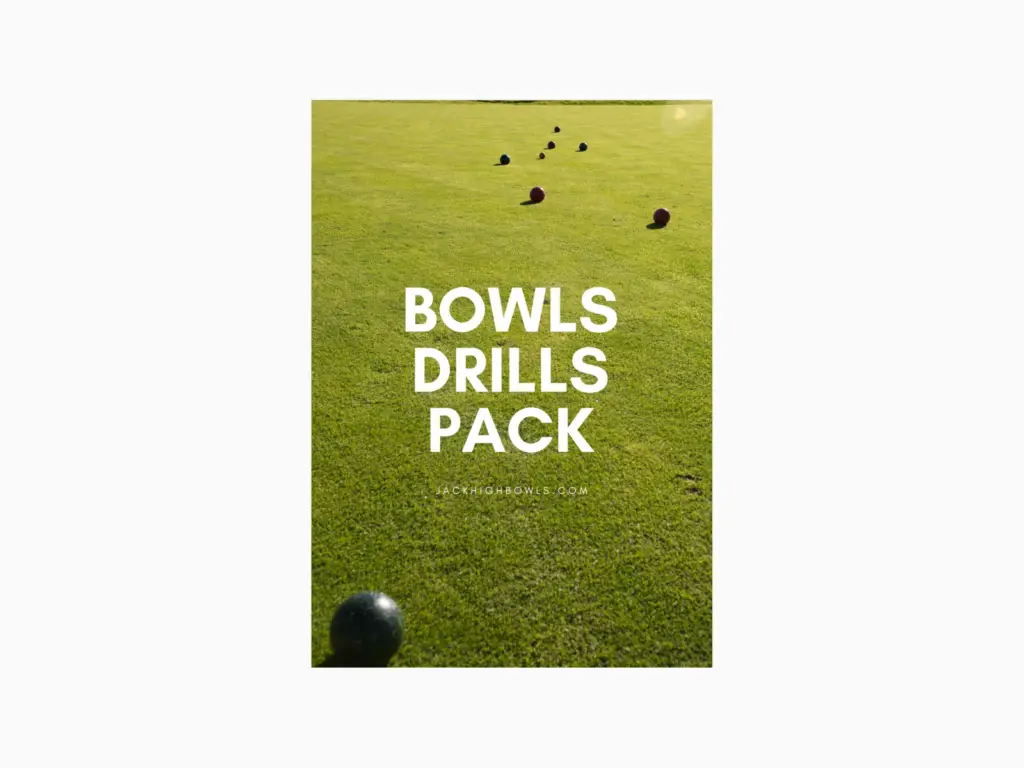
Get The Complete Lawn Bowls Drill Pack
The Jack High Bowls Drill Pack is available now for instant download.
Perfect for beginners and improving players looking to be more consistent and win more games!


